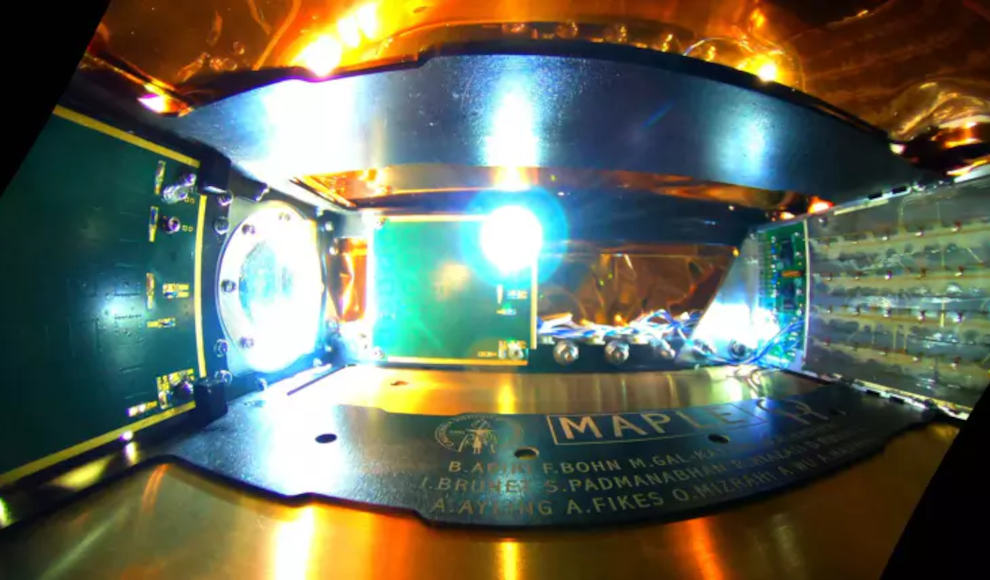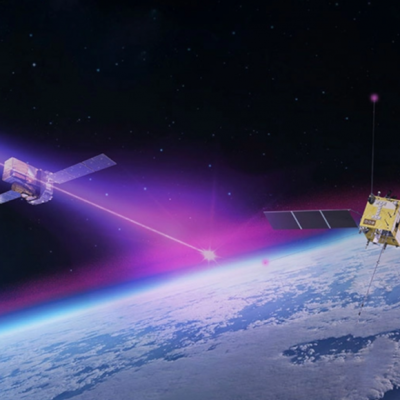In a groundbreaking experiment, scientists at the California Institute of Technology (Caltech) have successfully transmitted electricity from Earth to a satellite in space, demonstrating the feasibility of space-based solar energy. Several countries, including China and the UK, plan to build solar power plants in space in the coming years, with the electricity produced in orbit converted into high-powered microwaves or lasers and beamed back to Earth. The experiment, called MAPLE (Microwave Array for Power-transfer Low-orbit Experiment), used flexible microwave transmitters and standard technology to transmit electricity from Earth to a satellite, which then converted the microwaves into electricity to power LED lights. While the researchers have not yet transmitted electricity back to Earth, they say the experiment has provided valuable insights into the feasibility of space-based solar energy.
The components of the satellite were tested on Earth and were able to withstand the harsh conditions of space, including radiation and extreme temperature fluctuations. The European Space Agency estimates that hundreds of terawatt-hours of energy could be generated in space by 2050, providing a continuous source of electricity for Earth. The successful transmission of electricity from Earth to a satellite in space is a significant step towards achieving this goal.
The development of space-based solar energy has the potential to revolutionize the way we generate and consume electricity, providing a clean and renewable source of energy that is not affected by weather conditions or time of day. While there are still many challenges to overcome, including the cost of launching and maintaining solar power plants in space, the success of the MAPLE experiment is a promising sign that space-based solar energy could become a reality in the near future.










